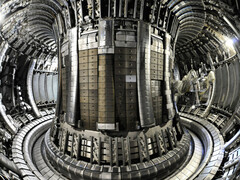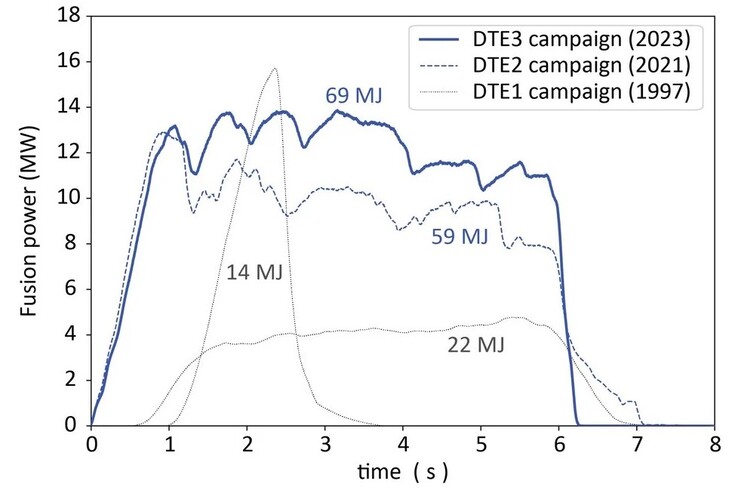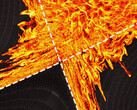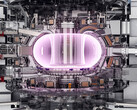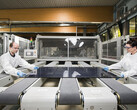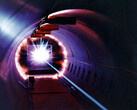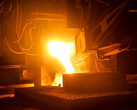The researchers at the Joint European Torus (JET), which works according to the concept of magnetic fusion, were able to generate 69 megajoules of energy from 0.2 milligrams of fuel.
As a by-product of the latest experiments in the European joint project, a world record was set for energy yield in a nuclear fusion reactor. Two years earlier, 59 megajoules were produced with the same amount of fuel.
The amount sounds larger than it is. It is roughly equivalent to the amount of electricity consumed by a detached house in two days. It could perhaps heat a room for a day - but as already mentioned, with 0.2 milligrams.
This means that the mixture of deuterium and tritium, both isotopes of hydrogen, contains the energy equivalent of 2 kilograms of brown coal.
Global consumption of lignite and hard coal was estimated at 8.3 billion tons in 2022. That is an almost unimaginable amount. Poured all together, it would be equivalent to a cube with an edge length of 1.3 miles - every year.
In contrast, we would only need just under 800 tons of the fuel for nuclear fusion to meet the same global energy demand. At the same density, that would be a cube with an edge length of 10 yards!
It therefore comes as no surprise that the global reserves of deuterium and tritium, which must first be extracted from a lithium isotope, are predicted to last for 1,000 years.
There is still some way to go
In order to generate the plasma that was successfully fused at JET, however, many times more energy had to be expended. Not to mention the extraction of the fuel, whereby coal, oil and uranium are not exactly on the next street corner.
The fusion reactor in Culham, southern England, is simply too small and can only produce a limited amount of plasma at a time.
This is set to change with the commissioning of ITER (Latin for "the way"). According to the current design and based on the many nuclear fusion experiments worldwide, an energy surplus will be achievable for the first time.
But not in the near future: planning and construction are in progress, but even a vague date for the final go-ahead cannot yet be given.
Source(s)
EUROfusion via MPG, IEA


